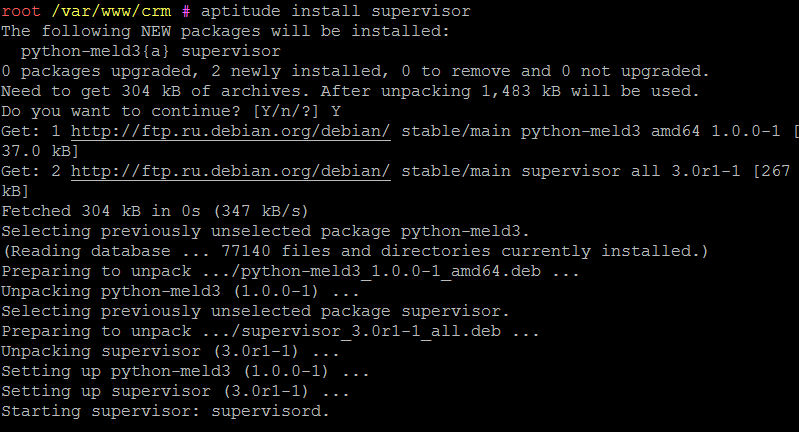
I was expecting to see the user folder within the mnt folder, like the mappings indicate, but nope.

I check off system folders to see if they're just not listed, but that doesn't seem to do anything. When I click on it, there's no other options presented to me. At this point is a long list of folders (bin, config, data, all the way down to tmp, usr, var).

So I browse the folder structure and go up the tree as far as I can. They are currently targeting /data/usenet/incomplete and /complete, which is from the previous installation before I removed them. For example my sonarr Docker uses less than 300mb of RAM and only uses CPU when its doing something, it idles at 0 usage. Running a VM takes up considerably more resources then Docker containers.
#Unraid sonarr old supervisord.log plus
I go into the Sab settings, and try to configure the Temporary & Completed download folders. I had them on a VM when I was running it on Promox but Unraid plus docker is a godsend.
#Unraid sonarr old supervisord.log full
This is with subfolders complete, incomplete, audio, movies, tv, etc. Debug logs: (Make sure debug logging is enabled in settings and post the full log to hastebin/pastebin/dropbox/google drive or something similar, do not post them directly here) Description of issue: I’m very new to Unraid as an OS so i’m still getting use to everything.

It is private and confirmed accessible from both Macs on my LAN with username & password: I've only installed Sab so far, and will move on to the others when I get this one running. Since I had messed with the folder names (changed DATA to data, which I know is different to Linux and tried re-pointing them to the new names), I figured that may be why, so I removed the dockers and started re-installing, with a fresh share and all. Sab was working fine, but I couldn't get Sonarr/Radarr to rename & move files after Sab downloaded them. If it is there then check for /Downloads. First see if /Downloads exists on root (my guess is it’s not there, and remember linux is case sensitive). I'm assuming I did the mappings wrong, so hoping maybe somebody's eyeballs can spot what I can't. one thing you can do is open the console inside sonarr/radarr (click on the app icon and select console) and just check what directories are there with ls, starting at root. Does this then mean I need to set the LetsEncrypt config to 8989 or to 38092? Also if I set Sonarr's URL base to /sonarr I can again no longer connect to it locally, even if I go to 192.168.1.5:38092/sonarr locally which used to work when it was on it's on virtual machine.I know this same post has been done ad nauseum. Next, use Krusader to transfer your media files from your current media into the new media directories. Adding something to Sonarr will grab the right torrent, ruTorrent starts downloading and finishes, then SyncThing successfully pushes it to my UnRAID instance. These are what you link Sonarr/Radarr/Readarr to. The context: UnRAID is being run locally on my network, which is where sonarr/syncthing are running on as well. If I change this to 38092 I can no longer get to Sonarr and have to change the config.xml file to have the port back to 8989 before it works again. Under this are separate /downloads, /tv, /movies, /books, etc directories.

Locally I connect to Sonarr using the latter address but when looking in the Sonarr settings the port number shows at 8989. I used to run Sonarr on a virtual machine and then LetsEncrypt on unRAID pointing to it and it all worked but now I'm using Sonarr in docker it's all changed a bit and makes it harder to understand. I have quite an "advanced" setup, at least in my opinion, on unRAID and am trying to get LetsEncrypt working with Sonarr (I will then add more services once I get this working), however, I'm getting a bit stuck with the config.


 0 kommentar(er)
0 kommentar(er)
